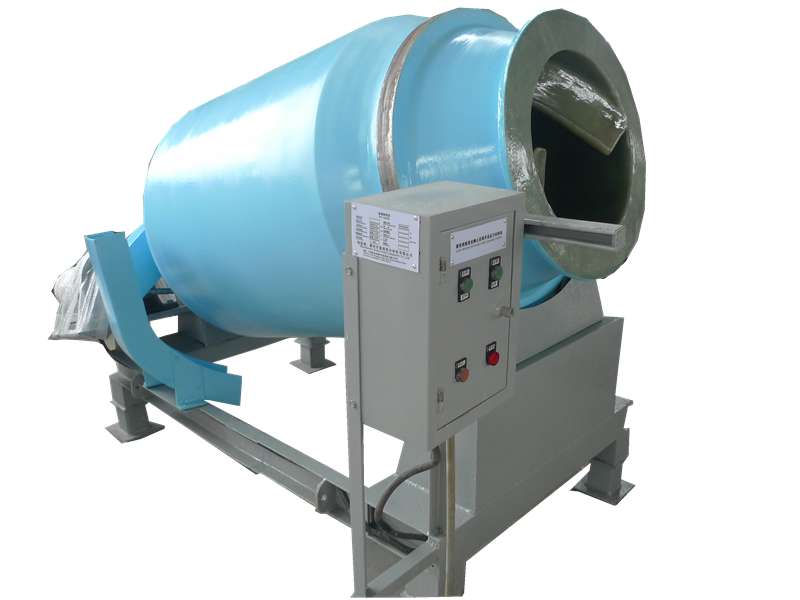
-
 Afrikaans
Afrikaans -
 Albanian
Albanian -
 Amharic
Amharic -
 Arabic
Arabic -
 Armenian
Armenian -
 Azerbaijani
Azerbaijani -
 Basque
Basque -
 Belarusian
Belarusian -
 Bengali
Bengali -
 Bosnian
Bosnian -
 Bulgarian
Bulgarian -
 Catalan
Catalan -
 Cebuano
Cebuano -
 China
China -
 China (Taiwan)
China (Taiwan) -
 Corsican
Corsican -
 Croatian
Croatian -
 Czech
Czech -
 Danish
Danish -
 Dutch
Dutch -
 English
English -
 Esperanto
Esperanto -
 Estonian
Estonian -
 Finnish
Finnish -
 French
French -
 Frisian
Frisian -
 Galician
Galician -
 Georgian
Georgian -
 German
German -
 Greek
Greek -
 Gujarati
Gujarati -
 Haitian Creole
Haitian Creole -
 hausa
hausa -
 hawaiian
hawaiian -
 Hebrew
Hebrew -
 Hindi
Hindi -
 Miao
Miao -
 Hungarian
Hungarian -
 Icelandic
Icelandic -
 igbo
igbo -
 Indonesian
Indonesian -
 irish
irish -
 Italian
Italian -
 Japanese
Japanese -
 Javanese
Javanese -
 Kannada
Kannada -
 kazakh
kazakh -
 Khmer
Khmer -
 Rwandese
Rwandese -
 Korean
Korean -
 Kurdish
Kurdish -
 Kyrgyz
Kyrgyz -
 Lao
Lao -
 Latin
Latin -
 Latvian
Latvian -
 Lithuanian
Lithuanian -
 Luxembourgish
Luxembourgish -
 Macedonian
Macedonian -
 Malgashi
Malgashi -
 Malay
Malay -
 Malayalam
Malayalam -
 Maltese
Maltese -
 Maori
Maori -
 Marathi
Marathi -
 Mongolian
Mongolian -
 Myanmar
Myanmar -
 Nepali
Nepali -
 Norwegian
Norwegian -
 Norwegian
Norwegian -
 Occitan
Occitan -
 Pashto
Pashto -
 Persian
Persian -
 Polish
Polish -
 Portuguese
Portuguese -
 Punjabi
Punjabi -
 Romanian
Romanian -
 Russian
Russian -
 Samoan
Samoan -
 Scottish Gaelic
Scottish Gaelic -
 Serbian
Serbian -
 Sesotho
Sesotho -
 Shona
Shona -
 Sindhi
Sindhi -
 Sinhala
Sinhala -
 Slovak
Slovak -
 Slovenian
Slovenian -
 Somali
Somali -
 Spanish
Spanish -
 Sundanese
Sundanese -
 Swahili
Swahili -
 Swedish
Swedish -
 Tagalog
Tagalog -
 Tajik
Tajik -
 Tamil
Tamil -
 Tatar
Tatar -
 Telugu
Telugu -
 Thai
Thai -
 Turkish
Turkish -
 Turkmen
Turkmen -
 Ukrainian
Ukrainian -
 Urdu
Urdu -
 Uighur
Uighur -
 Uzbek
Uzbek -
 Vietnamese
Vietnamese -
 Welsh
Welsh -
 Bantu
Bantu -
 Yiddish
Yiddish -
 Yoruba
Yoruba -
 Zulu
Zulu
fire retardant fiberglass
The Importance of Fire Retardant Fiberglass in Modern Applications
Fire safety is an increasingly crucial concern across various industries, from construction to aerospace. One material that has gained recognition for its fire-resistant properties is fire retardant fiberglass. This innovative composite combines the lightweight, durable benefits of fiberglass with special additives that significantly enhance its fire resistance. As we delve deeper into the features and applications of fire retardant fiberglass, it's essential to understand why it is becoming a staple in safety-conscious environments.
Composition and Properties
Fire retardant fiberglass is made from glass fibers that are treated with chemical fire retardants. These additives work by slowing down the combustion process, thereby giving individuals more time to evacuate in emergencies and minimizing property damage. This type of fiberglass is not only resistant to flames but also has excellent thermal insulation properties. It can withstand high temperatures without degrading, making it suitable for various applications where heat resistance is paramount.
The effectiveness of fire retardant fiberglass is often measured using a standard known as the National Fire Protection Association (NFPA) rating. Materials that achieve a high NFPA rating are considered to provide a safer environment for both industrial and commercial applications. Moreover, the material’s lightweight nature ensures that it can be transported and installed easily, which is a considerable advantage in construction and manufacturing.
Applications in Different Industries
One of the primary sectors that utilize fire retardant fiberglass is the construction industry. In buildings, it is used in wall panels, roofing, and insulation, where fire safety codes necessitate the use of non-combustible materials. Fire retardant fiberglass helps mitigate the risk of flames spreading quickly, making it an excellent choice for both residential and commercial structures.
fire retardant fiberglass

In the aerospace industry, fire retardant fiberglass is employed in the manufacture of interior components, ensuring that in the event of an onboard fire, the materials will not contribute to the flames’ intensity. This application is critical for passenger safety, where materials must meet rigorous fire safety standards.
Moreover, the automotive industry also benefits from fire retardant fiberglass. Components in vehicles, especially those near the engine or exhaust systems, require materials that can tolerate high heat without failing. Fire retardant fiberglass provides both thermal protection and structural integrity in these demanding conditions.
Environmental Considerations
Aside from its fire-resistant qualities, fire retardant fiberglass is generally recognized as an environmentally friendly option. Many manufacturers are now focusing on creating sustainable products that not only meet safety standards but also have a lower carbon footprint. Innovations in the production processes of fiberglass composites have yielded materials that are recyclable and less harmful to the environment.
Conclusion
In conclusion, fire retardant fiberglass stands out as a crucial material in ensuring safety across various industries, from construction to aerospace and automotive. Its unique combination of lightweight properties, excellent insulative capabilities, and fire resistance makes it an indispensable resource. As regulations surrounding fire safety become more stringent, the demand for fire retardant fiberglass is expected to grow, illustrating its vital role in modern safety practices. As industries continue to evolve, so too will the innovations surrounding fire retardant materials, further enhancing safety standards worldwide.









